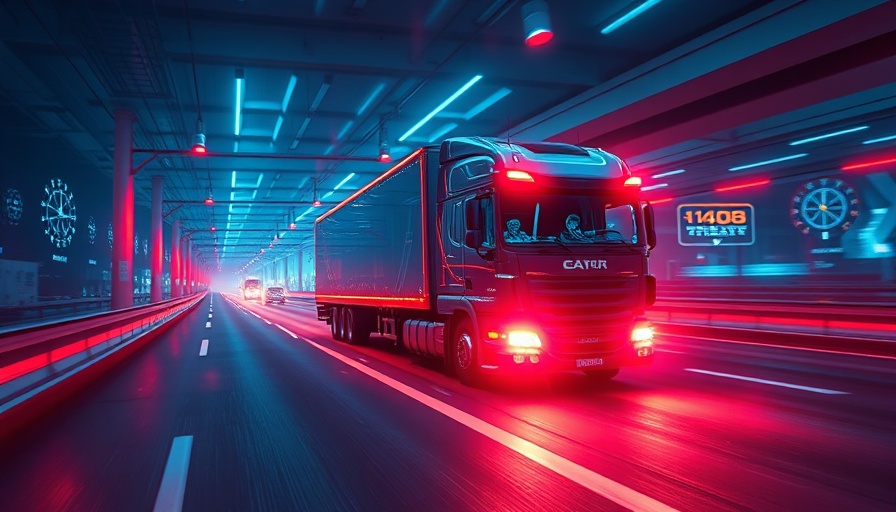
Revolutionizing Road Safety with Virtual Robotrucks
In an era where safety and efficiency are paramount in transportation, Waabi, a Canadian startup, is spearheading a technological advancement that could redefine the autonomous trucking industry. The company has developed a super-realistic virtual simulation system called Waabi World, allowing them to validate the safety of their driverless trucks without extensive real-world driving miles. Raquel Urtasun, Waabi's founder and a former head of Uber's driverless car division, insists that this innovation can provide accountability and assurance in autonomous driving.
How Waabi World Operates
Waabi World creates a digital twin of its physical robotrucks, utilizing real sensor data to generate simulations that mirror real-world conditions precisely. This pioneering approach contrasts starkly with competitors who rely heavily on road testing for validation. As Urtasun states, simply accruing real-world miles may not adequately simulate various hazardous scenarios, especially since many operational routes consist of long stretches of straight highways.
A New Standard for Autonomous Vehicle Testing
Unlike traditional testing methods, Waabi's virtual environment captures an extensive spectrum of driving challenges. From unpredictable weather conditions to rare events like an object falling from another vehicle, Waabi World can re-create these experiences accurately, thus preparing the automated driving systems for real-world unpredictability. Urtasun notes that they are targeting an impressive 99.7% accuracy in predicting real-world vehicle behavior.
The Implications of Simulation Technology
Adopting simulation technology not only enhances safety verification but also accelerates development times for autonomous vehicles. By enabling rapid testing of various sensor configurations and driving conditions, Waabi can refine its vehicles faster than traditional methods allow. Urtasun's philosophy suggests that as the industry evolves, such rigorous simulation standards will be critical for gaining regulatory trust and public acceptance.
Looking Ahead: A Human-Free Future
Currently, Waabi’s trucks operate with a human driver present, but the company plans to remove the human presence by the end of 2025. This transition hinges on the ability to demonstrate robust safety measures via Waabi World to regulators. As Urtasun emphasizes, proving that their simulation method accurately mirrors real-world scenarios is imperative for this next step in innovation.
Conclusion: The Future of Self-Driving Trucks
With the road ahead for autonomous vehicles filled with possibilities, Waabi’s approach may set the tone for future developments in the sector. By harnessing the power of simulation, the company is not only enhancing safety standards but also paving the way for an era of reliable and responsible autonomous transportation.
 Add Row
Add Row  Add
Add 




Write A Comment